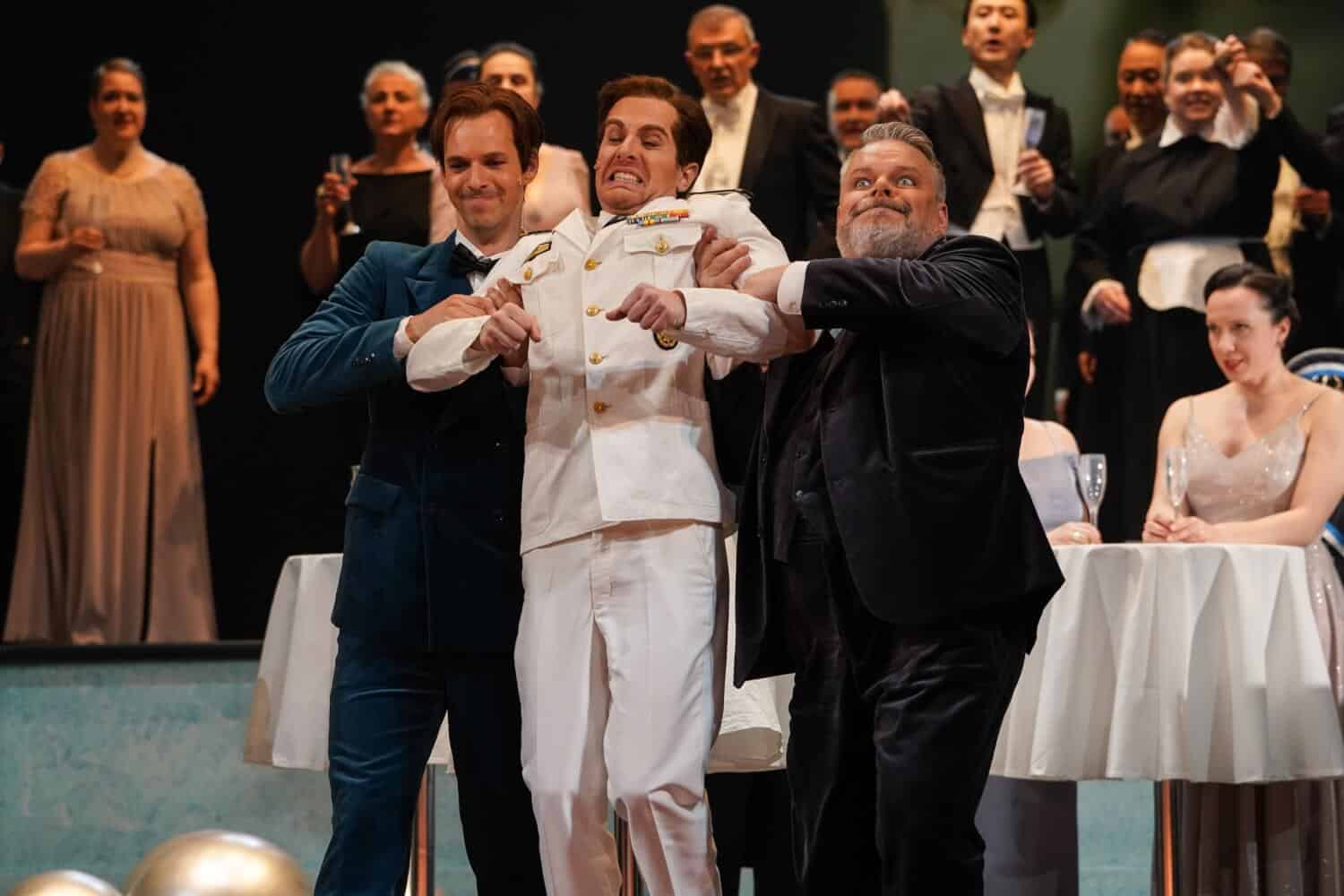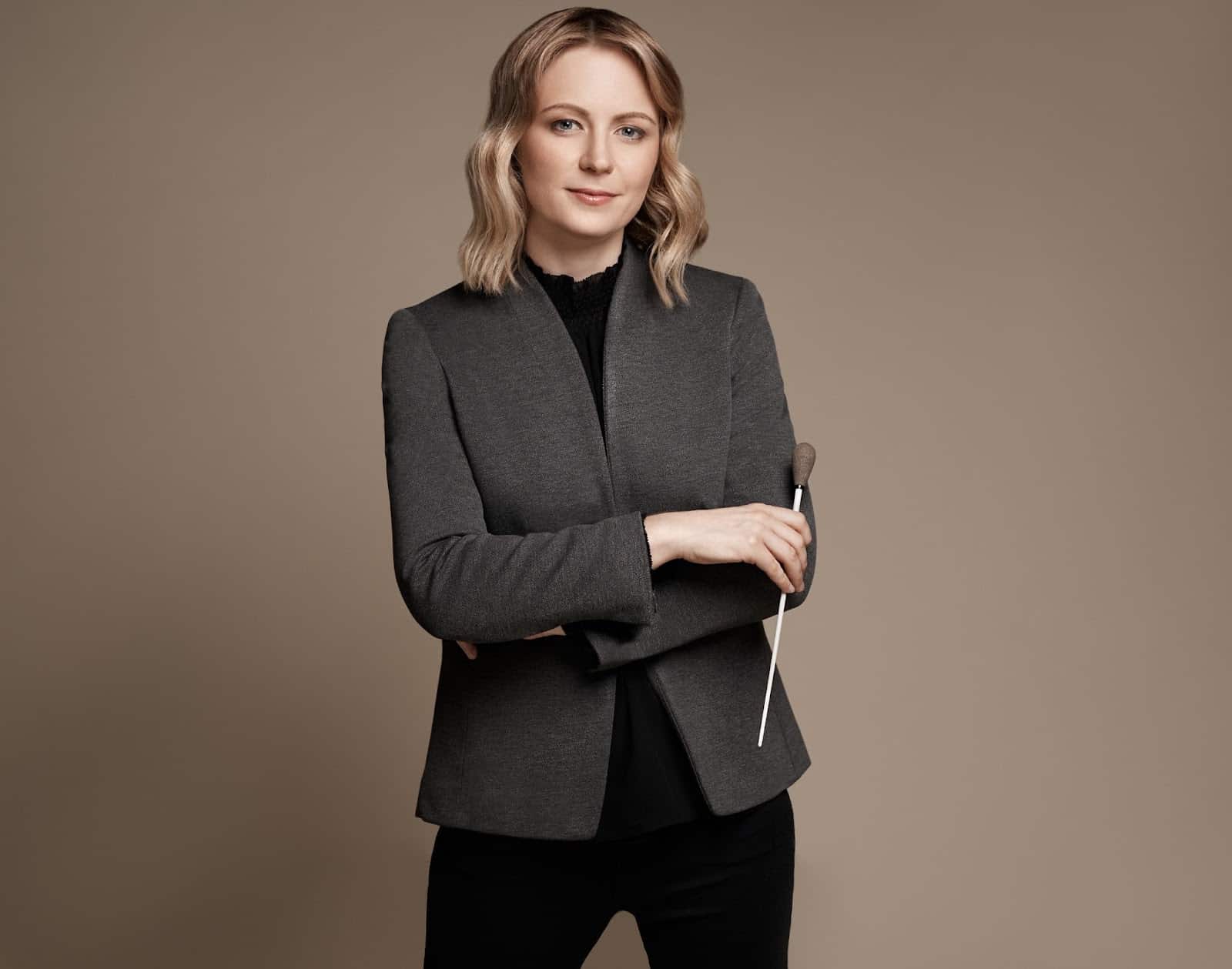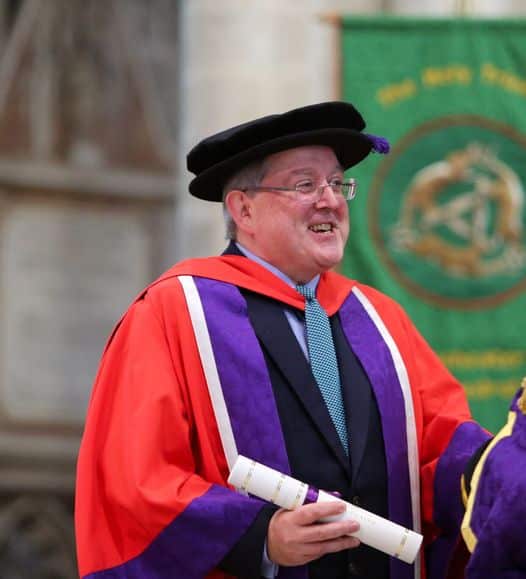LA Phil vs NY Phil: which plays the bigger range of music?
mainDoug Schwalbe has prepared a rundown of works played by the two orchestras over four seasons. Here’s what they programmed:
17th-century composers: LA Phil 5.07% NY Phil 3.17%
18th century composers: LA Phil 20.36% NY Phil 17.97%
19th century composers: LA Phil 51.05% NY Phil 60.80%
Modern composers: LA Phil 12.43% NY Phil 8.75%
Post-Modern composers: LA Phil 11.09% NY Phil 9.31%
In every department except mainstream 19th century, Dudamel’s LA Phil outplayed Alan Gilbert’s New York Philharmonic for breadth and adventure.
More detail?
Both orchestras played Mozart more than any other composer, with Beethoven in second place.
Mahler came sixth in LA and 10th in New York.
Dvorak is 4th in NY, 14th in LA.






By my count, the NYP played 18.06% too much modern and post-modern music, which translated directly into a drop of 20% of their revenues. There is a direct correlation of bad music and bad attendance. Hey, but the critics are happy, right?
Am I wrong, but it seems that Richard Strauss, Shostakovich, Stravinsky, Elgar, Bartok etc. are included in the modern music category as post 19th century?
Your percentages seem to define all of 20th century music as bad. Is that what you mean?
Correlation doesn’t mean causation…Stats 101! Lots of other things contribute to change in attendance. Don’t just jump to conclusions and point fingers at programming alone.
^ Why the hell not?!
Conversely, ignoring the elephant in the room is just stupidity.
Does he clarify what is meant by modern and post-modern? The previous categories would suggest that modern is, in fact, 20th-century and post-modern is 21st-century. If so, why not just say that? If not, then an explanation really is required…
Agreed. It does suggest 20th century is modern music.
Statistics aren’t the only metric to measure creativity with. The New York audience is far more conservative than the LA audience. The New York audience hadn’t had a conductor interested in anything written after 1950 since Pierre Boulez in the 70’s while the LA Phil had Salonen before Dudamel. By that metric, and by the fact that the New York audience resists anything new, I think Gilbert and the New York Philharmonic did quite well. In fact, Gilbert should be given tons of credit for broadening the repertoire of the Orchestra. It was one of his biggest successes.
It’s true that New York audiences are a far more conservative group. I chalk it up to being a much older classical music tradition on the East Coast than on the West. Also, I think Salonen and to some extent, Dudamel, have found ways to present new works in a less “take your medicine” fashion. Fewer serial works and more theatricality, for instance. It’s a lighter approach.
“The New York audience hadn’t had a conductor interested in anything written after 1950 since Pierre Boulez in the 70’s…”
And his music directorship is widely* looked upon as a failure in the orchestra’s history — so much so that when he died, the NY Times headline said “Pierre Boulez, Famed Composer, Dies.” They changed it quickly, presumably after someone remembered he’d been the music director of the NYPO.
(*I don’t mean by modern music lovers or Boulez fans, but by people who keep track of the orchestra’s popularity and by the “I know what I like [which means “I like what I know”] crowd.)
A surprise to hear Boulez was considered a failure when at NY Phil. In the years that I lived in NYC,I attended more then than at any other time because, whatever the program, his conducting was more interesting. E P Salonen is his heir for me, in that respect.
The irony here is that at the NY Phil, Mehta programmed much more new music than Boulez. Folks who weren’t around then seem to think all the NYP played under Boulez was new music, which just isn’t true.
It’s not what you do – it’s how you do it. Classical musicians are really concerned with the score. Some people are concerned about modern music and supporting composers who are alive – that’s great – but what makes this genre great is that people (in the past) have gone to the trouble of making a score (fairly detailed in many cases) – and so the art is really in the interpretation and understanding of the score.
In pop music, it’s all about supporting the latest – but in classical music there’s 500 years’ worth of scores – and some of them are real gems. It’s not like we have the “Dark side of the moon” recording for Beethoven symphonies so they never have to be touched again. A score is like a window in time – so what is so great about seeing the present? It’s all around us. Some people are afraid if we only play the music of the past, the music will die… not necessarily. Play it well.
Both of these orchestras are good enough to play modern music well. The problem is really with more provincial groups. If there’s problems with intonation, split notes, balance issues, etc. – how can the audience tell what’s right and wrong in a first performance…
At least with Mozart you can’t get away with just being technically good – it has to have musical content. There have been countless run-throughs of Mozart’s 41st. It’s really not good enough. Even with something like Gershwin’s Rhapsody in blue – the number of pianists who really know what to do with it is a small percentage. Interpretation and understanding is everything. The fact that someone has decided to program it – really means nothing if it’s going to be done poorly once again.
We locked him up in the library to prevent him from commenting…. otherwise we would get all those angry phone calls again from everywere which get on my nerves!
For people curious about his opinion about the NY Phil:
http://subterraneanreview.blogspot.nl/2016/01/ny-phils-predicament.html
Sally
That was an excellent essay. Thank you for some refreshingly candid comments.
Very interesting and informative. Thank you.
From your blog post – ‘Indeed that seems to temporarily have happened, but when Bernstein took over the structural baton after PB’s tenure with his Tchaikovsky’s, a sigh of relief was noticed by some courageous observers.’
I’m not sure what ‘structural baton’ is supposed to mean, but Bernstein preceded Boulez as Music Director at NYP.
Yes, you are right, but he conducted the NY Phil often again as a conductor laureate 1969-1990, which restored audience’s enthusiasm for the orchestra.
The other components to consider include changes in subscriber bases based on moves of subscribers to other locations, those who may have passed, and newcoming subscribers and their age groups, slight changes in subscriber and single-ticket demographics, what else is programmed within a travel-able radius in other venues with visiting orchestras performing different programs, if the repertoire is conducted by specialists in those periods of music, or composer/conductors leading the orchestras in post-modern rep or rep they are best known for. So many variables. In the end, what matters most is a healthy diet of repertoire to please a wide-ranging audience.
I recall a NYP concert during its 150th anniversary season (the Masur era) that consisted ENTIRELY of modern works/new commissions. Much of the audience departed during intermission. As I recall, the last piece was the best of the lot.
A better approach would have involved performing a single newer work in the same concert as older, more familiar pieces. This is where artful programming comes into play.
Jasper
“A better approach would have involved performing a single newer work in the same concert as older, more familiar pieces. This is where artful programming comes into play.”
Didn’t Mehta once flip the order of a program from the podium, putting the thorny modern work first because he suspected a lot of people were planning to leave after intermission?
This is the standard program format now: thorny modern work, followed by popular concerto, followed by popular symphony. (Or, sometimes, popular opening piece + thorny modern concerto + popular symphony)
Also known as the “eat your broccoli, then you can have your Brahms” approach.
The Mehta anecdote is from the 1970s or early 1980s – back in the day. I found a 1978 LA Times reference to him talking about it. I think it must have later been spun into him actually having done it.
“(Or, sometimes, popular opening piece + thorny modern concerto + popular symphony) ”
Ah yes, the Jean-Paul Sartre ‘No Exit’ gambit. The worst of all possible worlds. I once emailed the LA Phil asking them to sell half-concerts; come for the half you like. More people in the building, a chance to ‘engage(c) in conversations(tm) with each demographic(R) in the lobby,’ everyone gets what s/he wants. Never got a response. The bastages…
Modern piece at the beginning: the OOMP (Obligaroty Operning Modern Piece). Modern piece in the middle: ‘shit sandwich’.
I judge an orchestra by how much Milton Babbitt is played in a given concert season. The low percentage gives credence to my claim that on a whole, most orchestras are in a state of decline.
Babbit wrote so little for orchestras that Elliot Carter would be a much better choice to make your point.
I prefer quality over quantity.
I say that I simply like Beethoven and Brahms and I’m looking forward to the Beethoven cycle(7 concerts are sold out or almost sold out) in Montreal. But I wonder as an audience whether the professional musicians are tired of playing Beethoven and they think they must educate the ignorant audiences.
On Beethoven’s symphonies, and Brahms’, orchestral performance culture with its high standards rests. And if played well, this music is ever as fresh as on the day it was written, and thus contemporary for ever. Music only exists in terms of performance, not as a historical object in a museum. But even Beet V can survive overexposure.
Yet, these B’s are played too much, it is numbing perception. It is the same as being in a passionate embrace with your beloved for 24/7, even the best can be too much.
Debussy, whose Faun Prelude made him famous and which piece got played again and again in the aftermath of the première in 1894, complained about its popularity and objected to the piece being made ‘permanent’. He was one of the most fastidious composers ever and well aware of the numbing influence of too many performances of a new piece – a luxury which seems incredible today.
Of course I don’t wish to hear Beethoven or Brahms on 24/7. But when I can go to only some concerts a month (what a amelioration! In the past it was far less), I’m drawn to a conservative program. The children will grow up and I will feel interested in adventuring when I get more freedom. One of them loves coming to the concerts with us. Although a discount charge, but in the future he will be an audience paying regular fee.
I didn’t know that programming was a competition. Silly me. I used to think it was done with the local audience in mind. But hey. . .
Yes, but how many different composers and works thereby were presented in each century? It doesn’t matter the number if it was all repetition of say, the New World Symphony and no other works of Dvorak. They’re all doing execrable jobs of programming, these days.
When’s the last time you heard an orchestra play Faure, or de Frumerie, or Granados, or Casella, or the other works of a major composer?
Agreed. Much orchestral programming is mere routine thinking, or lazy thinking, and determined by commercial motivation: how to get a full hall. But if an orchestra can build-up a bond of trust with its audience, it can afford to play unusual things, people will come anyway out of curiosity. But therefore, programming has to be carried-out with a great sense of aesthetic value and interest.
Regardless, L.A. has the much better concert hall at this time.
I believe van Zweden likes a lot of modern music. That might make a difference. Then again, wasn’t Gilbert a modern music buff as well?
I really liked Salonen’s programming. One year after The Dude showed up I heard the Academic Festival Overture three times!
Hearing a fine orchestral piece by Brahms three times within one year seems like a perfect number to me, provided it does not happen every year and, judging by the content of your comment, it was in fact an unusual occurrence.